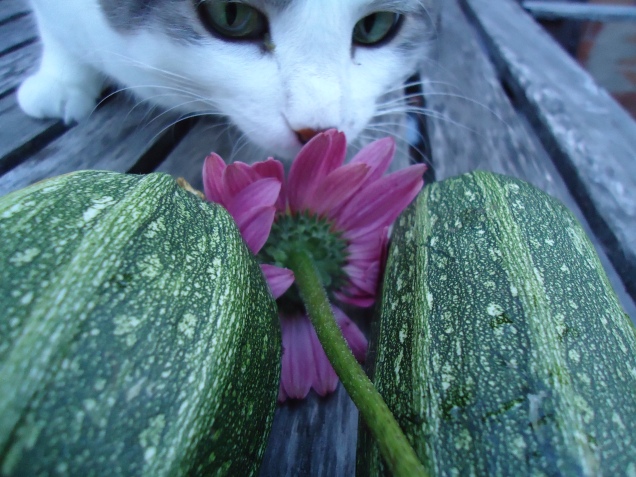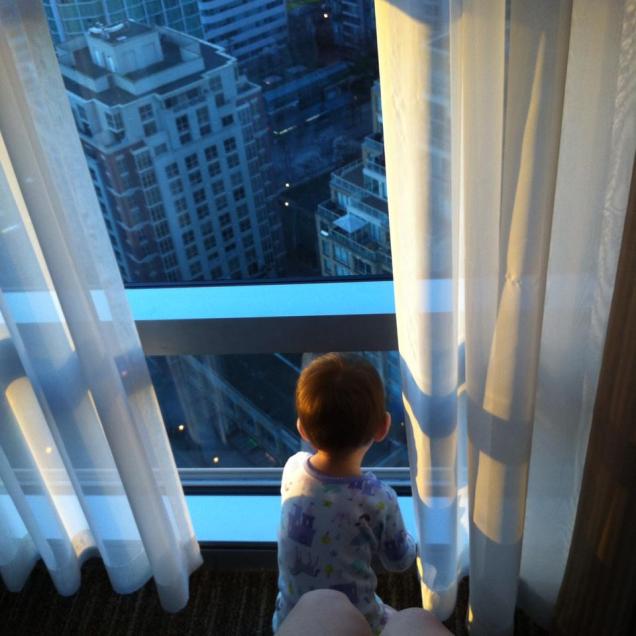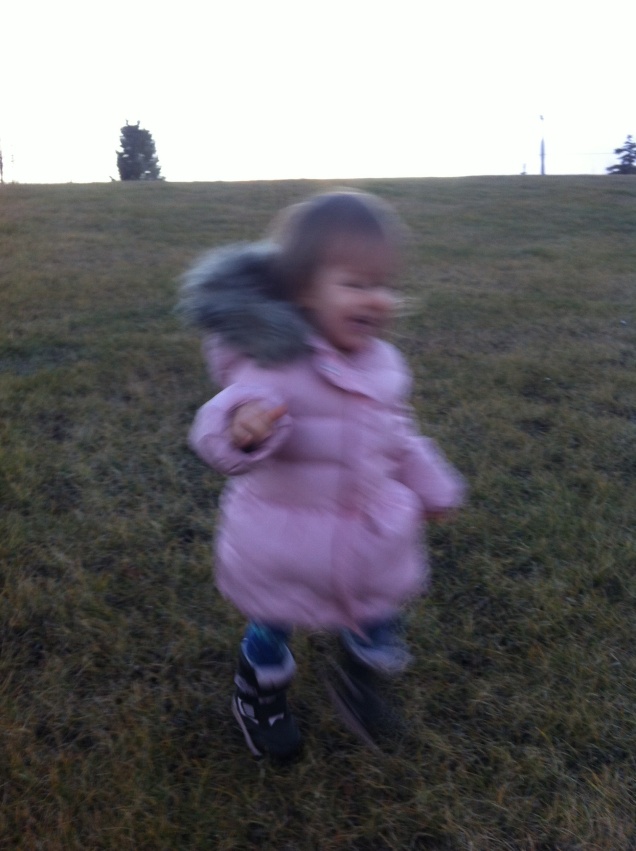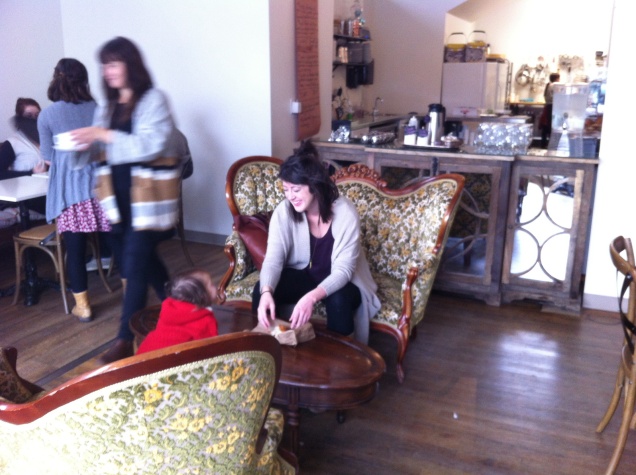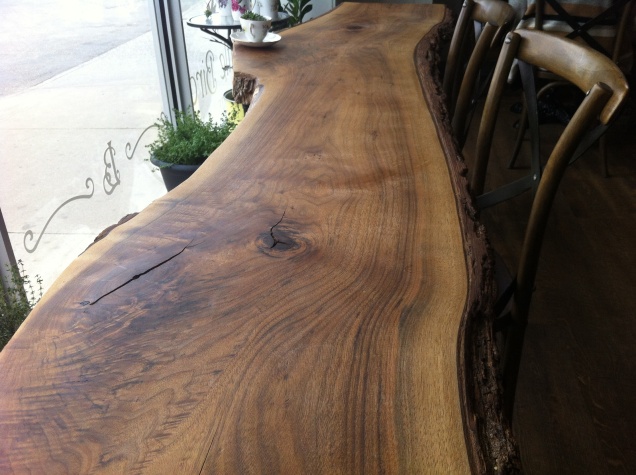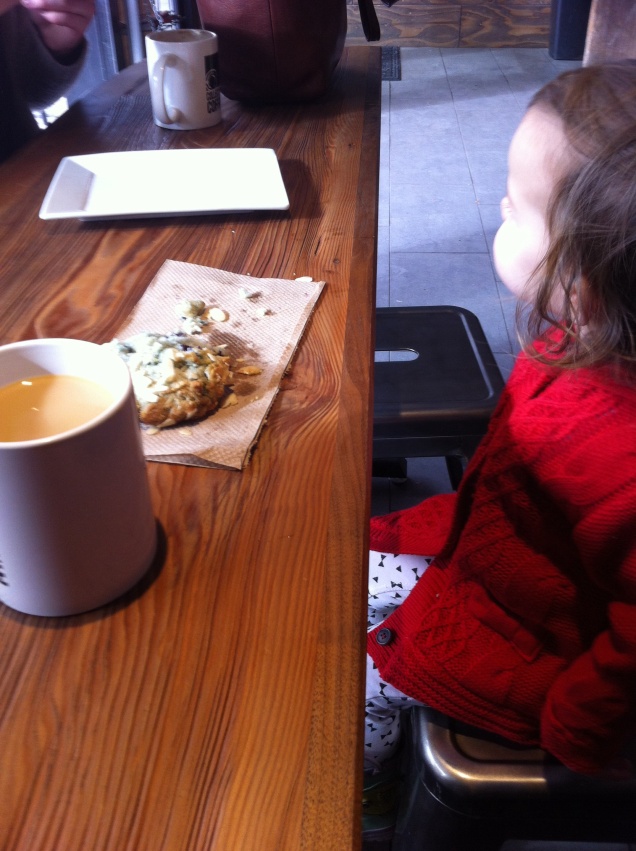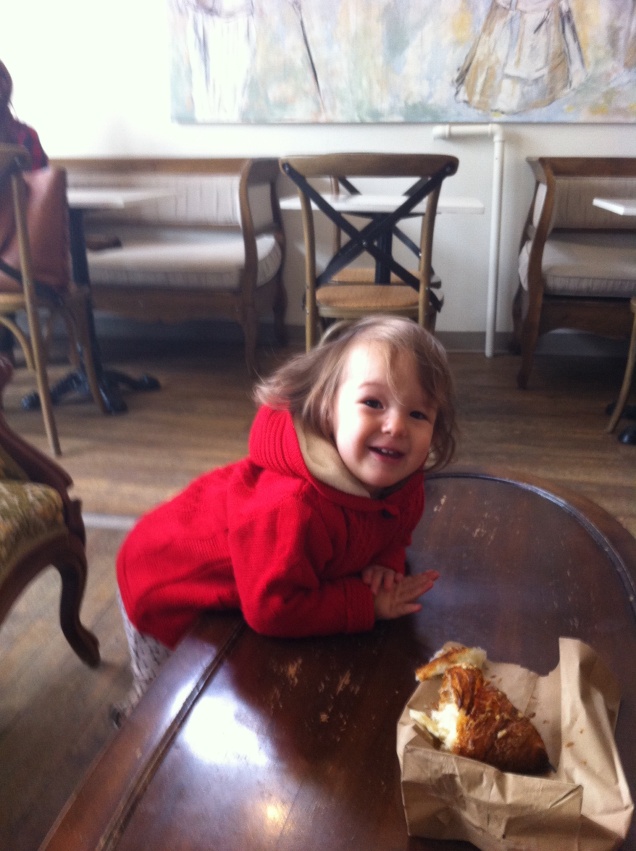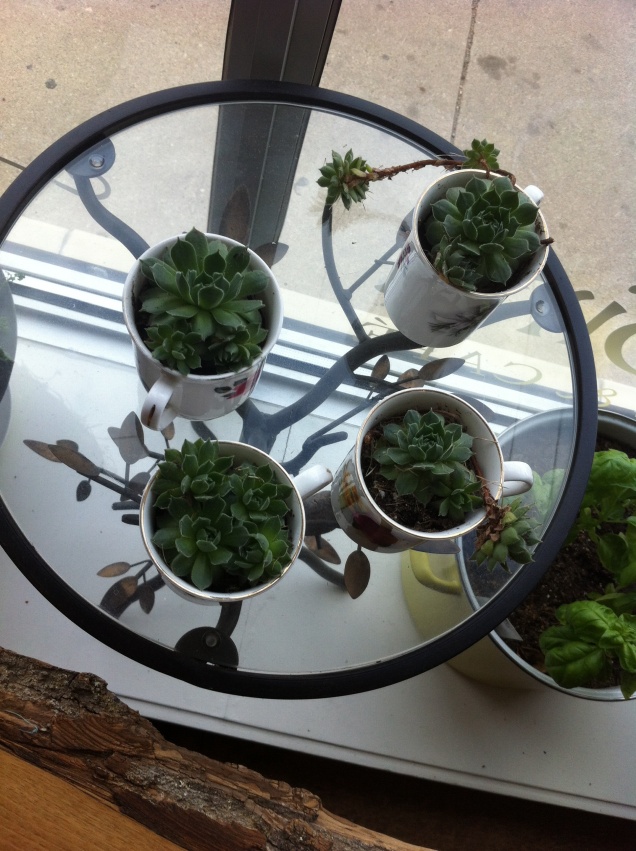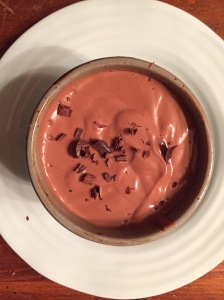For at least a year now, a large jackrabbit has been a regular in our neighborhood. Last spring*, when Claire had only been walking a couple of months, we saw him more than once in the grassy open area in front of our townhouse, or in neighbors’ yards, and I was surprised and thrilled that she could spot his drabness against the dead grass. We would follow him together, sometimes as she tottered wildly on her own, sometimes with her in my arms, until we got too close and he bounded away.
This winter, unseasonably warm here as in the rest of the globe, snow was late coming, but he turned white anyway. I spotted him more than once, looking stark and vulnerable against the green and brown grass, a portent of changes happening too fast.
One night in the late fall, I was coming home late from an outing, driving on the highway — prairie on one side, urban sprawl on the other. In the dark and silence, memory and melancholy pressed in, on the dull edge of this drab city. As I pulled off the highway onto the busy road into our suburb, I suddenly thought of the rabbit and hoped he stayed away from the 4 lanes of traffic I was on. Then I pulled into our driveway, and there he was, glowing in the headlights, luminous against the dying lawn. I called my partner and told him to come to the front and look out. It was too magical a moment to have alone in car.
When the snow came, I was relieved for the rabbit, even though his camouflage really mattered little here. I saw him a couple more times during the winter. Then a couple weeks ago, back on that same busy street, I drove over a pile of white fur. I didn’t want to wish for the death of any animal, but I hoped it was anything but the rabbit.
A couple days ago it was a warm, cloudless day, too warm for March. Claire and I were walking along that road and as we stopped to look at things, I noticed a flash of white fur on the grass by the road. I went closer and it was a rabbit foot — the rabbit’s foot, I was sure. Way bigger than a domestic rabbit’s foot, and furrier. Little bits of pink bone and tendon protruded from the fur.
I thought about the rabbit the rest of day, and at night as I lay down with Claire. I thought about wildness and wild things and how we like to think that we do them no violence as we continue to expand and consume at will. I thought of the violent moment of impact that crushed that beautiful animal, and recognized that I do violence, too, when I drive and contribute to the emissions that change weather patterns, creatin bigger and bigger storms, destroying the lives of millions in the poorest countries in the world; we do violence when we get rid of a perfectly good cell phone or laptop because we want an upgrade and that phone ends up being “recycled” by a small child in China who is exposed to toxins before those toxins make their way into the environment; we do violence to wild things when we buy a myriad of products containing non-sustainable palm oil that comes from places where wildlife are poached and displaced to make room for palm crops, and on and on.
It’s just a rabbit, just a small thing, this death of one wild creature. But we do small things every day that add up when repeated by millions (or billions) of people and these small things create enormous dangers for both human and animal populations.
I kept thinking of the whiteness of the rabbit against the late fall grass, and then again the whiteness of his foot against the early spring grass — always out of sync with the world we are shaping. I thought of how he had changed to white for the last time that fall. That same day a friend said to me, almost in passing, “you know the last Black Rhino is gone.” I wonder how many more lasts I will see in my lifetime, and, even worse, how many Claire will see in hers.
I read a tweet recently by @YourDailyVegan that said, “Every purchase is the opportunity to save lives & affect positive change. Awesome how much control you have in the world #vegan.” I love this. As a parent, I feel especially helpless to shape a positive world for my child when so much is out of my control, like the loss of the last Black Rhino. But this tweet reminds me that so much else is in our control — like reducing reliance on animal products in our diets, buying fair trade and sustainable options, refusing to buy unnecessary plastic and packaging, not using micro-bead products, unplugging chargers, and much more.
After all, the little things are the big things.
*I wrote this last March but never published it, so the spring mentioned here is actually the year before last.


